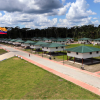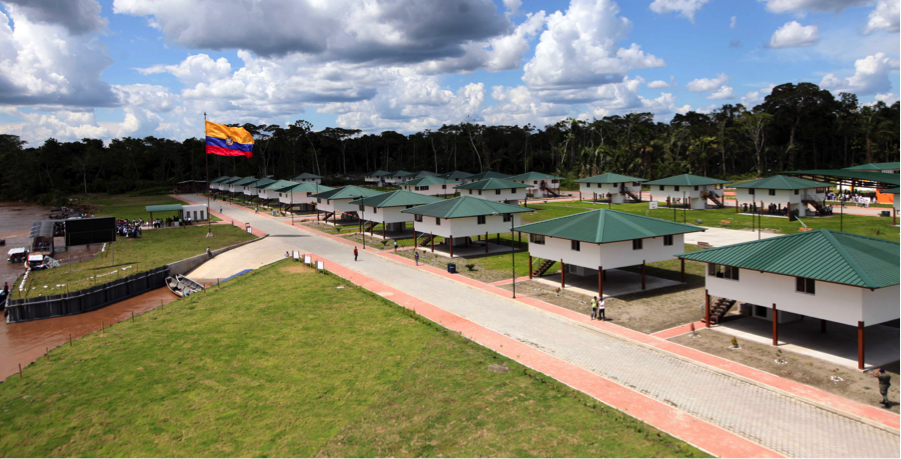PhD project, Alejandra Espinosa (2013-17)
Since the government of the “Citizen Revolution†led by Rafael Correa and the Alianza PaÃs party came to power in Ecuador in 2007, inumerable initiatives have been proposed and implemented with the goal of achieving structural and profound changes to the country’s political, social and economic reality. With a complex institutional machinery, one of the pillars of the bureaucratic new design has been the re-appropriation of the role of the State as a main and undisputed planner.
Alongside an institutional and legal reinforcement of the planning process, the governmental discourse assumed to lead a radical turn to modify the relations of power that until then have characterized Ecuadorian politics. The end of the “long neoliberal nightâ€, the re construction of sovereignty and the reinforcement of the peoples power came alongside with the necessity of a new kind of development detached from the traditional perspective based only in economic growth. The Sumak Kawsay or Buen Vivir (Good Living) replaced the concept of development and has been shown as an opportunity to build a new society, taking into account the necessity of recognition and protection of the country’s cultural diversity and environment (Acosta, 2010). In addition to, and combined with the concept of Good Living, the Constitution of Ecuador (2008) includes the Rights of Nature, the pluricultural reality of the country and the role of participation in the construction of any Development Plan.
Following the political changes mentioned above, in the last years the government has implemented many projects that are changing the configuration of the cities. While constructing projects aimed mainly to improve the conditions of historically marginalized social sectors, the governmental machinery is molding the space and instituting parameters for a cultural identity functional to its political hegemony. Constructions such as the New Airport, the Millennium Communities and Yachay Tech are architectural monuments that evidence (through their aesthetic and discourses that accompanied their construction) that the strong investment on infrastructure is being accompanied by political discourses that reveal a particular dynamic of power establishment. Analyzing five cases of urban infrastructure, the research pursue the following objectives:
General Objective:
To describe from a critical perspective the methodologies, representations, interests and imaginaries about the city, space and urban development that are guiding urban projects considered as representative by the Ecuadorian government, and its influence in Ecuadorian cultural identity construction.
Specific Objectives:
To make visible the relation between political discourses, urban constructions and aesthetics, and governmental projects categorized as iconic or representative of development.
To describe trends, problems and possible influences of these projects in Ecuadorian and local cultural identity.
To identify responses or possible local forms of “resistance†around the official projects that could be taken as parameters to construct an alternative methodology for planning.
To propose guidelines for urban planning according to local dynamics and cultural identities.
Some of the questions that the research project will try to respond are:
What are the governmental discourses and representations about cultural identity behind urban projects? What methodologies are being used to plan these projects? How does the infrastructure and aesthetics of governmental urban projects represent Ecuadorian identity?
The research assumes a qualitative and multidisciplinary approach. It is based in ethnography and focused on five in-depth case studies.

